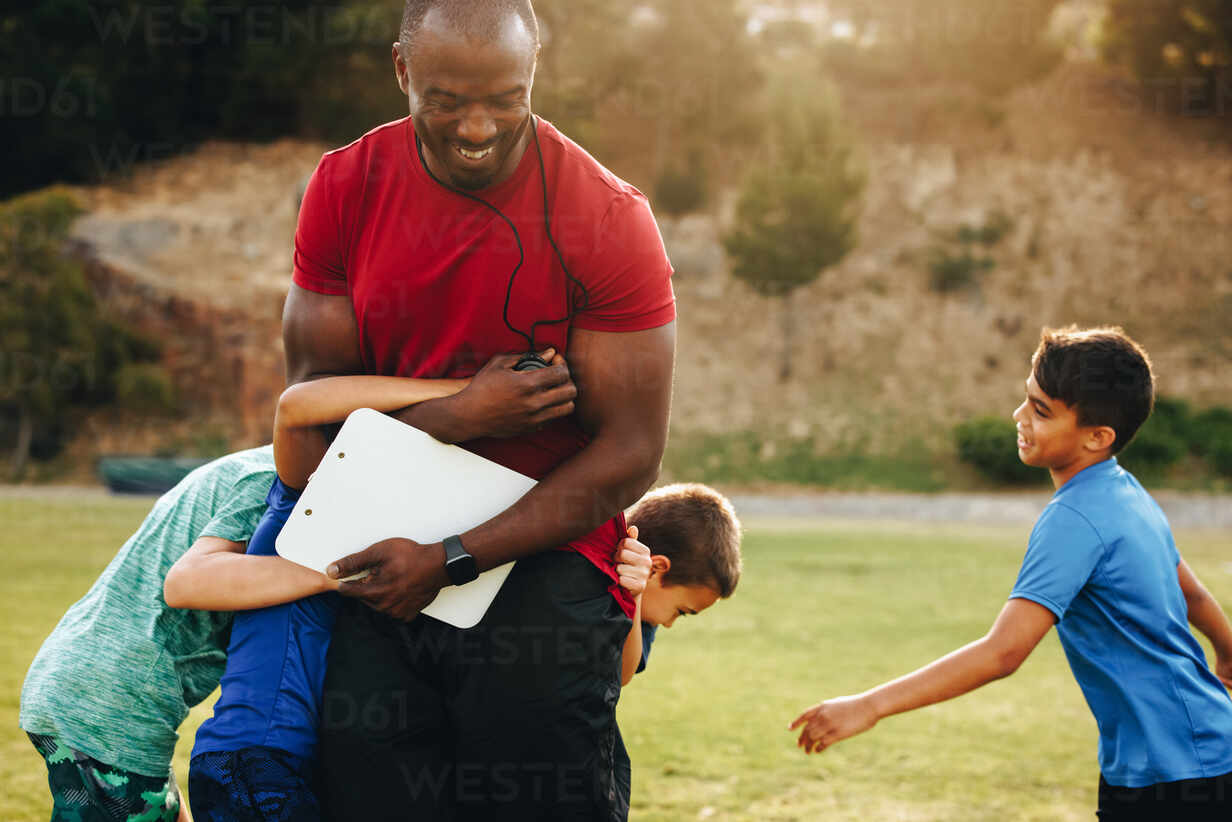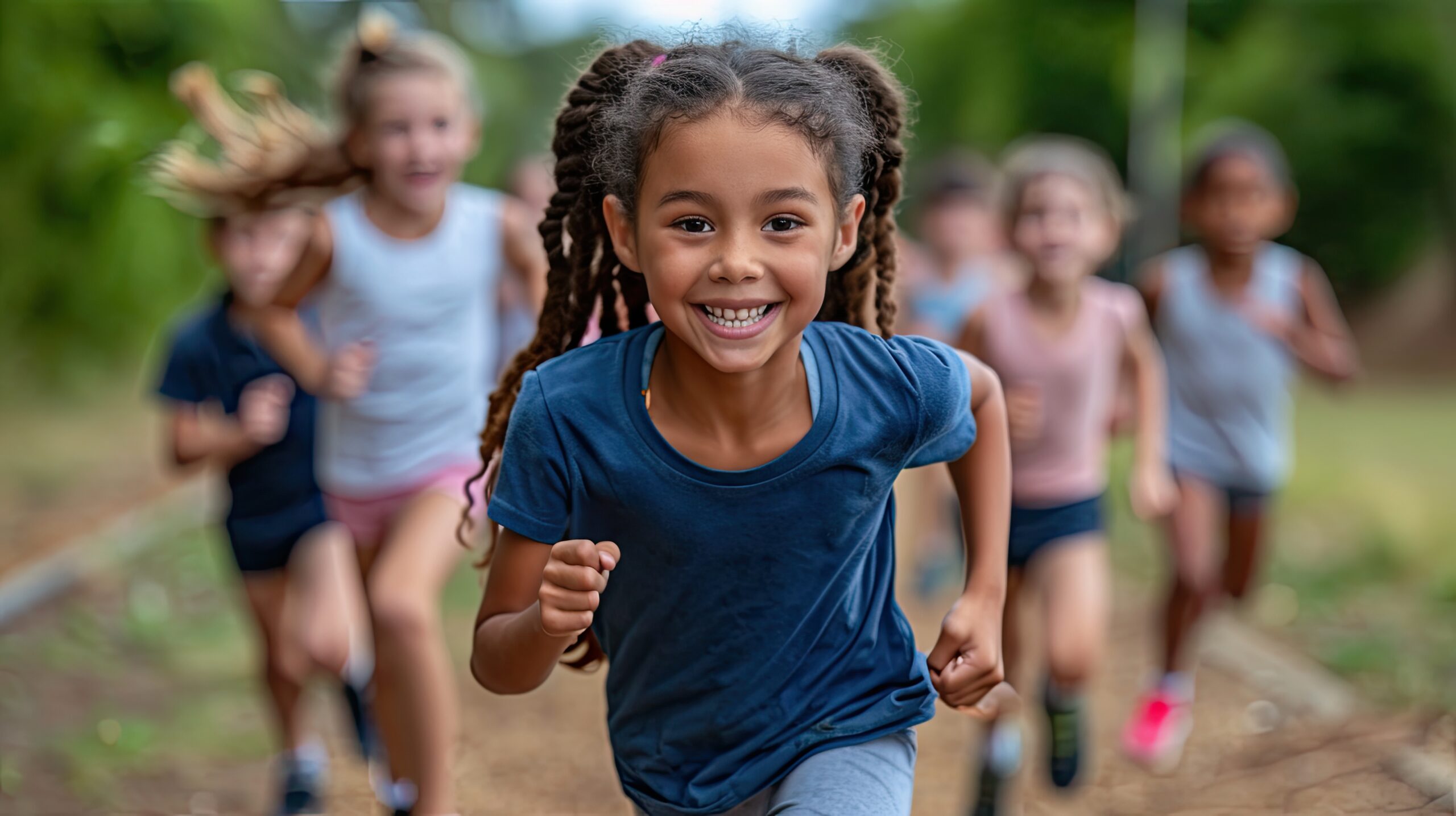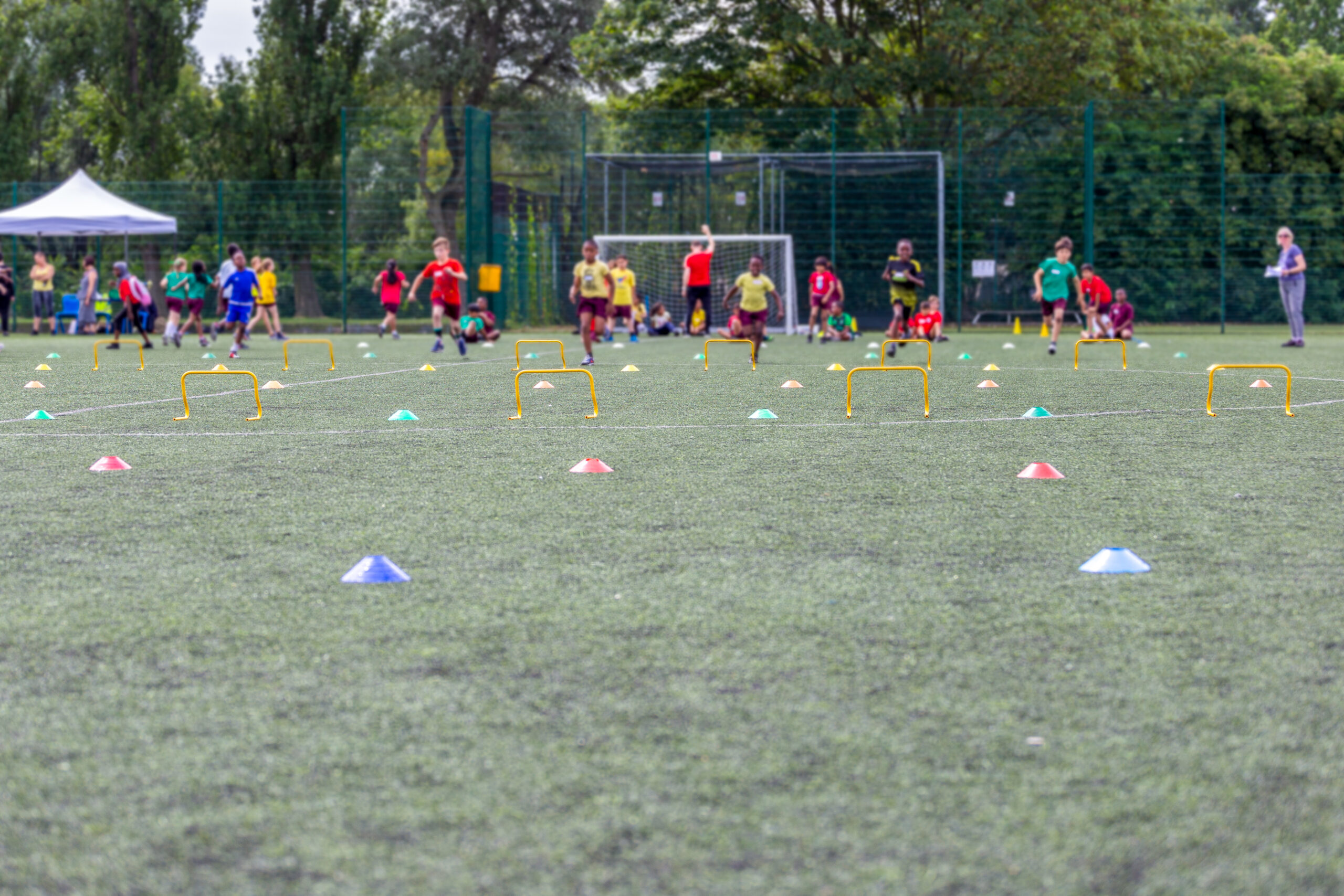The Primary School Teachers’ Guide to Teaching Dance
For primary school teachers without a dance background, navigating the world of dance instruction may seem daunting. Fear not! In this blog post, we’ll help you deliver dance lessons with confidence and fun - and get results.

Dance is an important part of the physical education curriculum. It is a creative activity that helps pupils develop coordination, flexibility, strength and spatial awareness while learning to work together in groups too. Dance can also encourage social interaction and provide a positive outlet for emotions.
With the benefits of Dance being so huge, it is important to teach it throughout the Primary School Years.
For primary school teachers without a dance background, navigating the world of dance instruction may seem daunting. Fear not! In this blog post, we’ll help you deliver dance lessons with confidence and fun – and get results.
Why Teach Dance?
Dance is one of the few activities that is a compulsory component of the PE curriculum, and is in fact compulsory right through to Key Stage 3. It is unique amongst PE activities in that it combines artistic practice with physical activity.
The Arts Council (the national development agency for creativity and culture), says:
“High quality dance also promotes whole school improvement through influencing the culture of the school, raising aspiration and enhancing the profile of the school in its community.”
What are the benefits of teaching Dance?
Teaching dance at primary school level provides countless opportunities for physical exercise, growth and development. Below are our top benefits to dance…
Holistic Development: Dance engages children both physically and mentally. It encourages the integration of movement, coordination, creativity and emotional expression, contributing to overall development.
Enhanced Physical Fitness: Dance is a form of physical exercise that promotes cardiovascular health, strength, flexibility and coordination.
Cognitive Growth: Learning dance involves memorisation of steps, patterns and sequences, enhancing cognitive functions such as memory and spatial awareness.
Emotional Wellbeing: Dance provides an outlet for emotional expression, allowing children to convey feelings and ideas through movement.
Confidence & Self-Esteem: Mastering dance moves and performing in front of an audience can significantly boost a child’s confidence and self-esteem.
Social Skills Development: Dance often involves group activities; and all our dance units include some form of partner and/or group choreography. This helps develop social skills such as teamwork, cooperation and communication.
Builds Resilience & Determination: Dance can be challenging… whether it be particular dance moves, remembering tutting phrases It is essential that they keep trying, keep practising and don’t give up. Dance teaches children to work hard and keep going if it’s something they really want to do!
Well-being: Dance can hugely improve mental well-being, and promote a positive mental state among children. Dance improves mood, can foster happiness and help relieve symptoms of depression and anxiety.
Creativity & Imagination: Dance lessons encourage creativity and stimulate imagination, as children explore movement and express their unique ideas.
Appreciation for Arts & Culture: Introducing dance at primary school age lays the foundation for a life-long appreciation of the arts. It also raises cultural awareness and appreciation by discovering and discussing different dance styles from different cultures.
Getting started with teaching dance: Understanding your pupils
To be able to teach dance, you do not need the physical skills of a dancer. Delivering dance lessons to primary school pupils is about developing their skills in coordination, control and expression – in a way they enjoy!
As we say in this blog post about teaching dance, delivering a dance unit should be like a story in a book – with a beginning, middle and end. This helps keep children engaged as each ‘chapter’ is a logical next step. But additionally, it’s a great way to plan out your unit through the term. More on this later!
Before diving in, take the time to understand the needs of the class – as well as their energy levels. You can broadly fit most classes into two camps: those with confidence who are eager to get involved, and those that shy away from dance lesson activities. You need to make sure your dance classes appeal to both as best as possible! What is the most appropriate style to teach the pupils in your class… And how can those with confidence and enthusiasm encourage the rest of the class to enjoy the experience? Can you pair confident pupils up with less-confident ones, to support them?
Set learning objectives
What do you want your children to achieve? Define clear and achievable learning objectives for your dance unit. Whether it’s introducing basic dance steps, improving coordination, or fostering creativity, having specific goals will guide your lesson planning and keep the unit focused.
Some of the objectives you may have are:
Develop basic movement skills: Demonstrate basic dance moves, along with coordination and body awareness.
Establish rhythm and timing: Have children moving in time to a dance beat.
Encourage expressive movement: Develop childrens’ understanding of expression through dance movement.
Develop spatial awareness: Develop spatial awareness by maintaining appropriate distance from others during dance activities.
Build cultural awareness: Explore, and allow children to appreciate, dances from different cultures and demonstrate an understanding of their significance.
Improve physical fitness: Improve physical fitness through dance activities, including showing children the importance of warming-up and cooling-down.
Your first dance lessons: Starting with the basics
Begin your dance unit by introducing fundamental movements and concepts. Cover basic steps, body awareness, and spatial awareness. Building a strong foundation will help children feel more confident and comfortable as they progress.
Again, think about your dance unit following a story, with a beginning, middle and end. Break up the dance units into chapters – a different dance phrase for each chapter. The first lessons will set the tone for your dance unit! Check out the first (free!) lesson in our dance lesson plans – each year includes an Introduction to Dance lesson.
Make sure you always include warm-ups and cool-downs
Engage children from the start with fun and interactive warm-up activities. Use music, games, and dynamic exercises to get their bodies warmed up and their energy levels high.
A positive and enthusiastic start sets the tone for an enjoyable dance experience!
Some great examples of fun warm-ups are:
Follow the leader: Have the children stand in a line, with a designated leader. The leader performs a series of simple dance movements (e.g., marches, skips, or sways), and the rest of the children must mimic the leader’s actions. Add music to this warm up to encourage creativity and moving to the beat.
Freeze dance: Play lively music and have the children dance freely around the space. Periodically pause the music: children must then freeze on the spot until you press ‘Play’ again!
Hula hooping: Provide each child with a hula hoop, and have them spin the hula hoop around different body parts, such as waist, arms, and legs while incorporating dance moves such as swaying, stepping, or clapping!
Introduce creativity at every opportunity
Corporating activities that allow children to express themselves through movement. Encourage them to create their own dance steps or develop simple choreography. This not only enhances their creativity, but also encourages ownership in their learning!
Enhance your dance unit with the use of props and visual aids. Scarves, ribbons, or even simple drawings on the floor can add a visual and tactile element to your lessons, making the learning experience more engaging for young minds.
Provide positive feedback
Encourage a positive learning environment by offering constructive and positive feedback.
Recognise effort, improvement and creativity. Positive reinforcement will boost confidence, and will motivate children to actively participate!
Conclude your dance unit with a showcase
Remember we said that your dance unit should have a beginning, middle and end? The end, your conclusion to the dance unit, should be a showcase!
This could be a simple presentation for classmates, parents, or even a full performance. This allows children to celebrate their achievements and showcase their newfound dance skills.
This exciting conclusion will also help to instill confidence in your children, that will hopefully remain long after your dance unit has finished.
Want extra help with teaching dance?
Ofsted’s recent report ‘Levelling the playing field: the physical education subject report’, highlights that “in just over a third of all schools, dance is either not taught at all or only taught to some pupils. In a further third of schools, the precise content to be taught is not clearly identified.”
At PE Planning, we’re passionate about the teaching dance as part of Primary School PE lessons. We want to help every school deliver fun, engaging, rewarding dance lessons. If you need extra help with delivering a dance unit – talk to us!
We have recently updated our dance lesson plans, which you can download from our website.
You can contact PE Planning directly on our Contact Us page.
Good luck!


